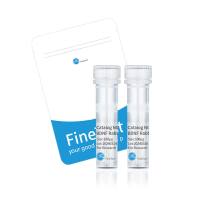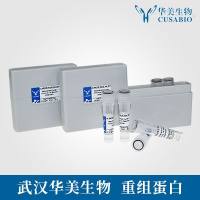Characterization and Applications of Plant-Derived Recombinant Antibodies
互联网
930
Expression of foreign proteins in plants has become a standard technique in plant molecular biology. Various plant species have been used to produce mammalian proteins, such as human interferon (1 ) and serum albumin (2 ), as well as murine antibodies. Not only full-size antibodies (3 –6 ) but also Fab fragments (7 ) and single-chain fragments (scFvs) (8 ,9 ) have been expressed successfully in tobacco orArabidopsis , reaching expression levels as high as 1.3% of the total soluble protein (3 ). ScFvs have also been expressed in plant-suspension cultures at levels of 0.5% total soluble protein (10 ). The feasibility of expressing and targeting recombinant antibodies (rAbs) (11 ,12 ) has been achieved in different compartments of plants, including the cytoplasm (scFvs), endoplasmic reticulum, chloroplasts, and the intercellular space (full-size, scFvs, and single-domain antibodies) for various applications (3 –10 ). These results indicate the flexibility of the plant system for expression of rAbs, or fragments thereof, in various plant cell compartments.






